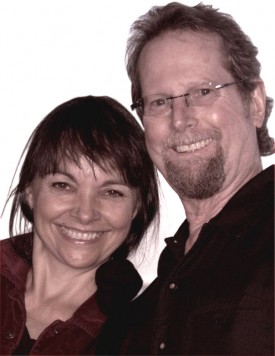When I was in high school, the cutest, most popular girls
were the Cheerleaders. I remember this
one cheer those girls used to perform.
C-U-T-E, We got personality. We’re cute! Hey-hey we’re cute!
U-G-L-Y, You ain’t got no alibi. You’re ugly. Hey-hey you’re
ugly.
M-O-M-A, We know how you got that way. Your Moma. Hey-hey
your Moma!
So you are by now thinking what the heck does this have to
do with guitars? When I was starting in high school and playing a Fender
Stratocaster I imagined what it would look like if you took a band saw to it
and made it into another shape; say a Flying Vee or a Telecaster.
Fortunately I did not do well in Shop class and never did any Stratocaster surgery. But I did find some examples of those that took a perfectly good Stratocaster, ruined it forever and in the process believed they created a great new instrument. And these guitars are UGLY!
Fortunately I did not do well in Shop class and never did any Stratocaster surgery. But I did find some examples of those that took a perfectly good Stratocaster, ruined it forever and in the process believed they created a great new instrument. And these guitars are UGLY!
God bless John Mayall. He gave us the Bluesbreakers and is probably the best blues man to come out of the U.K., but John, what did you do to your Stratocaster! You turned it into a ukulele.
What was this guy thinking? He cut off the top horn, painted
it pink and made it look like the guitar has boxer shorts on the bottom.
So this guy cuts off the bottom horn making a stair-step
shape and paints the guitar Kelly-Green with green pickups and knobs. Oh, what
art!
OK, I know what you are thinking; this is not a Strat. But
anyone who would do this to a perfectly nice Telecaster should be locked up. It looks like a piece of a jigsaw puzzle.
What in the world was this guy thinking? I could just cry!
I love knobs and switches just as much as the next guy, but J'eessh!
Seymour Duncan Pickups must of have had a sale on single
coils when this guy went to modify his Stratocaster. It has two blade switches and a badge!
Everyone h ave a wonderful April Fools Day!
I don’t know if the owner of this Strat was painting a gold Stratocaster pink or a pink Stratocaster gold, or maybe just distressing the guitar. I must say it distresses me.
I guess this in one way to make a double-neck guitar if you
don’t mind it looking STUPID! The maker
has gone so far as to turn a Stratocaster headstock into a Teisco Del Reyheadstock. Yikes!
The Fender Musical Instrument Company sold a boat load of Squier
“Hello Kitty” pink Stratocasters, but I kind of like this “Bill the Cat”Stratocaster.
I am guessing some guy named Levi™ made this Stratocaster.
I’m putting my foot down on this Stratocaster. And though
there is some fine carving…it is just wrong!
And finally…Gibson Guitars are well known for naming a
guitar after anyone famous, from Dale Earnhardt to Spiderman. But this one has
gone too far!









































